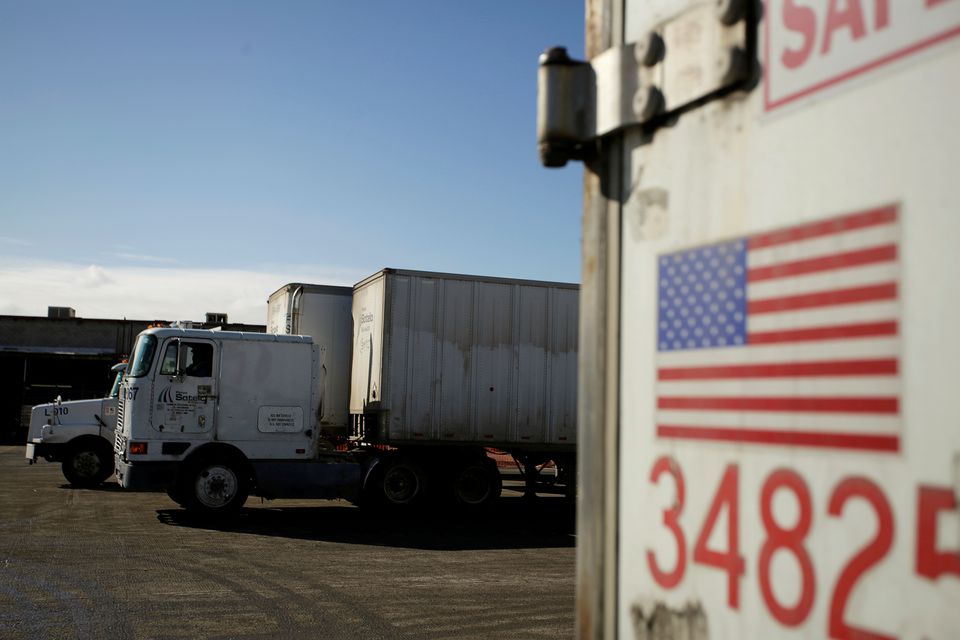Reuters 3 min read
U.S. Transportation Secretary Pete Buttigieg is looking at ways to address supply chain disruptions – from clogged ports to addressing the shortage of truck drivers.
President Joe Biden issued an executive order in February on supply chain issues.
In June, the White House unveiled a Supply Chain Disruptions Task Force led by Buttigieg and the secretaries of Commerce and Agriculture “to provide a whole-of-government response to address near-term supply chain challenges … (and) to diagnose problems and surface solutions—large and small, public or private—that could help alleviate bottlenecks and supply constraints.”
On Thursday, Buttigieg held a virtual roundtable on congestion at the Los Angeles and Long Beach ports that included the Federal Maritime Commission chair, Los Angeles Mayor Eric Garcetti and other senior U.S. officials to look at ways of reducing congestion at ports.
“For our economy to fully recover, we now need our vital supply chains to operate smoothly and without avoidable congestion,” Buttigieg said.
Approximately 40% of all containerized freight flowing through the United States arrives or departs through Los Angeles and Long Beach ports.
The California State Transportation Agency said on Thursday it will hold a September forum to examine options to improve cargo movement.
Last week, Buttigieg and Labor Secretary Marty Walsh held a separate meeting with trucking industry and labor groups to discuss driver recruitment and retention.
The department said turnover rates are over 90% for large long haul carriers. This driver turnover, coupled with the impact of COVID-19, has helped lead to supply chain disruptions.
American Trucking Associations (ATA) said projections show the industry will need to hire about 1.1 million new drivers over the next decade, or an average of nearly 110,000 per year, to keep pace with retirements and growing transportation needs.
ATA’s Bill Sullivan said the group is working with the federal government to “make our supply chain more resilient and grow our workforce.”











